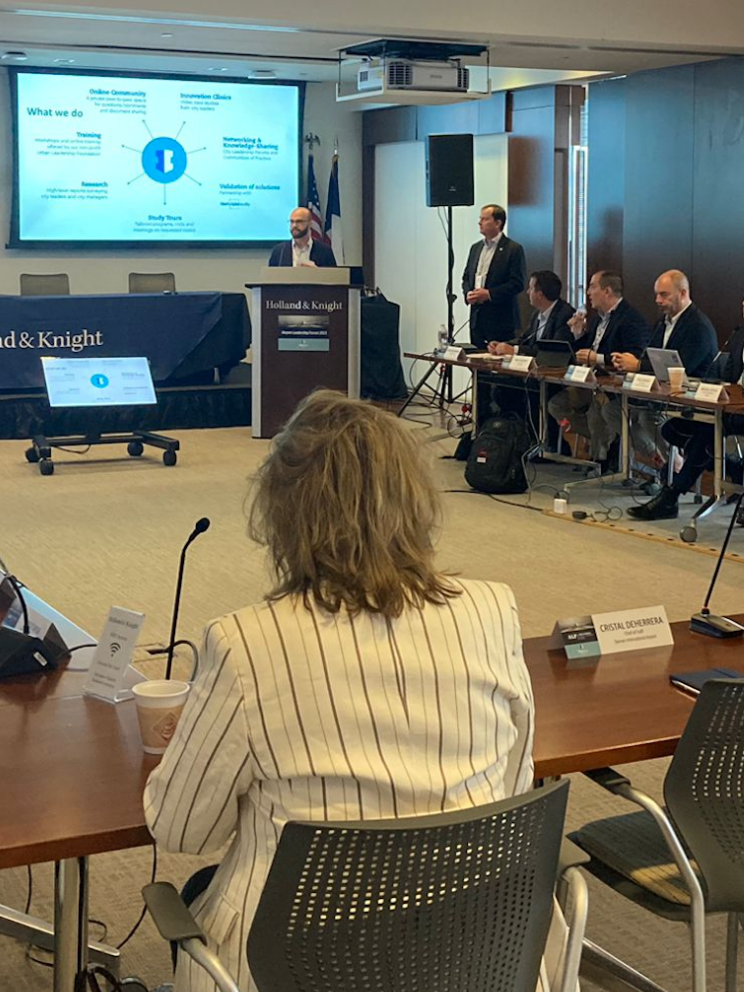
Photo: dreamstime
How collaboration can improve micromobility within cities
28 February 2025
Cities Today Institute’s Global Director of Urban Mobility Rikesh Shah speaks about micromobility’s role within cities, and how managing public space has become critical to building trust.
With an increasing emphasis on less cars and more sustainable modes of transport within cities, what role does shared micromobility have in advancing this?
Shared micromobility, like e-scooters and bikes, does contribute to sustainable urban transport goals. By offering a low-carbon alternative for short trips, it reduces traffic congestion and emissions, contributing to cleaner air. It promotes physical activity, improving public health, and is more cost-effective than car ownership. Additionally, it optimises urban space usage, allowing for more green areas. Overall, shared micromobility encourages a shift away from car dependency, fostering a culture of sustainable transport and enhancing the quality of urban living.
Managing limited public space – particularly the kerb – has become a challenge for cities, how can micromobility expand without cluttering the streets?

The role of the kerb is changing with demand for freight delivery zones, car parking, electric charging, pedestrian areas, and more recently parking zones for micromobility. To prevent micromobility clutter, cities can use designated parking zones for e-scooters and bikes to improve compliance by ensuring they are parked in specific areas. Implementing dockless solutions with restrictions, like requiring users to park only in marked spots, can help. Public awareness campaigns can educate users on proper parking etiquette. Technology like GPS tracking can guide users to appropriate parking spots. Collaboration with micromobility operators to develop and enforce parking policies is crucial which is what we discussed at our last micromobility event in London. These strategies help cities expand micromobility while maintaining tidy, accessible public spaces.
When looking at the public/private sectors, there are competing interests for how to use public space, how can these differences be resolved?
Resolving competing interests for public space between the public and private sectors requires collaboration. Engage all stakeholders, including residents, businesses, and government agencies, in planning and decision-making to incorporate diverse perspectives. Develop public-private partnerships that align public benefits with private sector goals. Establish clear regulations to define space usage fairly. Design multifunctional spaces that can serve varied uses at different times. Use data to inform planning and ensure efficient space allocation. Prioritise community needs in design and use of public spaces. This balanced approach fosters vibrant, inclusive spaces while accommodating both public and private interests.
Are there any examples of cities/projects that could serve as a model?
Stockholm’s micromobility initiatives, particularly the collaboration between the city and the operator, serves as a model for managing limited public space. The city has implemented designated parking zones and data-driven regulations to ensure orderly use of micromobility devices. These efforts align with Stockholm’s goal of carbon neutrality by 2040 and demonstrate how effective planning and community engagement can create sustainable urban mobility solutions.
Is funding a challenge for cities and how can cities increase revenue from managing the kerb?
Funding is a significant challenge for cities in managing kerb space. To increase revenue, cities can implement dynamic pricing for parking and loading zones, optimising income based on demand. Public-private partnerships with companies for shared use of kerb space can create new revenue streams, such as food trucks or pop-up markets. Introducing fees for new kerb users, like e-scooters and ride-sharing services, can help cover management costs. Leveraging digital platforms for efficient kerb space management can reduce operational costs and increase revenue through better enforcement. Additionally, green initiatives can attract environmental grants, enhancing the value of public spaces.
How do you see cooperation between the public and private sectors evolving in terms of micromobility?
Public-private cooperation in micromobility is set to grow, focusing on creating integrated mobility solutions. We can expect more public-private partnerships leveraging shared data for better traffic management, joint infrastructure investments, and coordinated safety policies. Multimodal integration will be key, connecting micromobility with public transit for a seamless travel experience. This collaboration will ensure sustainable, efficient urban transport systems that cater to all users. Enhanced data sharing, innovative funding models, and community engagement will drive this evolution, making cities more accessible and environmentally friendly. This partnership is essential for the future of urban mobility.
Image: Dreamstime








